The Complete Guide To Identifying GM’s LT1 Engines
The LT1 is the latest engine swap craze as the world runs out of cheap sources of the famous LS1 motor. There are different LT1’s available and they vary in horsepower and torque so let’s make sure we are getting the best one for our projects.
To identify a GM LT1 engine, check towards the front of the passenger side of the engine block where there is a machined pad with an 8 digit ID number. In order, the engine code identifies assembly plant, month, day, and engine suffix code. 10125327 is the casting number of all 92-97 LT1 and LT4 engines. It is located on the upper right rear of the block.
(Scroll down for the casting numbers of the 94-96 B-body LT1 editions.)

Take special care when inspecting your block. General Motors pro-
Myron Cottrell and Eric McClellan
duced a 4.3L 265-ci version of the LT engine (called L99) that carries a
different casting number, which is 10168588. It also has the numbers
“4.3” cast in the block itself, which makes it easy to spot as the smaller
3.74-inch-bore block. There is no real performance potential in the smaller 4.3 version, and it should be avoided or replaced with the larger LT1/LT45.7L engine if high performance is the goal.
Lets take a closer look at this engine that has become so popular for swapping into trucks.
History of The LT1
The first built LT-1 was a small block engine produced by Chevrolet between 1970 and 1972 and was only offered in the Chevrolet Corvette and the Camaro Z28. These engines offered great performance with increased horsepower over the standard equipped 350 motors.
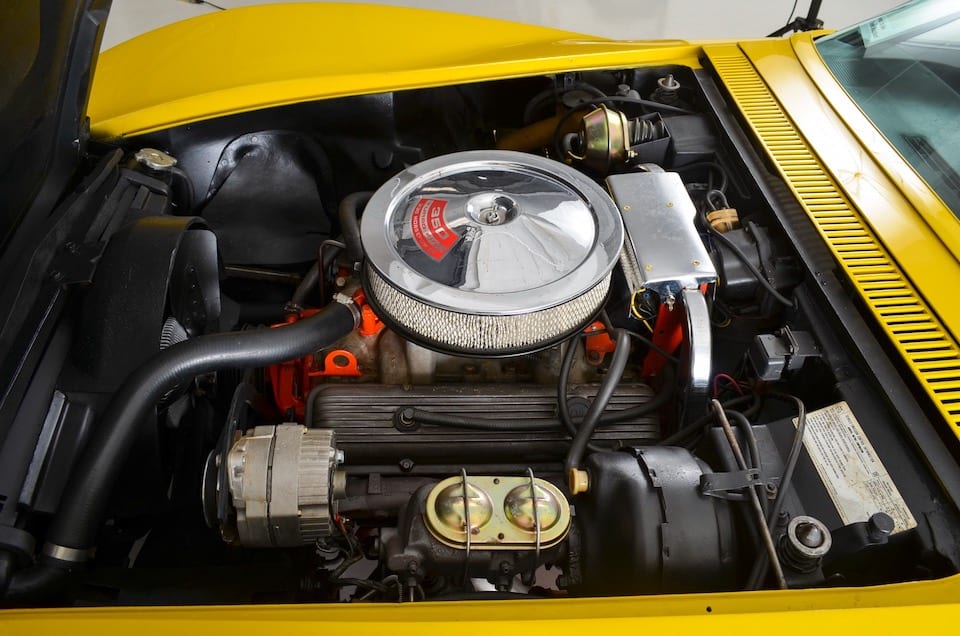
In 1991, GM created a new-generation small-block engine called the “LT1 350”, distinct from the high-output Generation I LT1 of the 1970s. It displaced 5.7 L (350 cu in), and was a 2-valve pushrod design. The LT1 used a reverse-flow cooling system which cooled the cylinder heads first, maintaining lower combustion chamber temperatures and allowing the engine to run at a higher compression than its immediate predecessors.
LT Gen II Casting Numbers:
| Casting number | Year | CID | Mains | Note |
| 10125327 | 92-97 | 350 | 2 OR 4 | LT1/LT4, Corvette blocks normally 4-bolt main |
| 10168588 | 94-96 | 265 | 2 | L99 4.3L, B-Body |
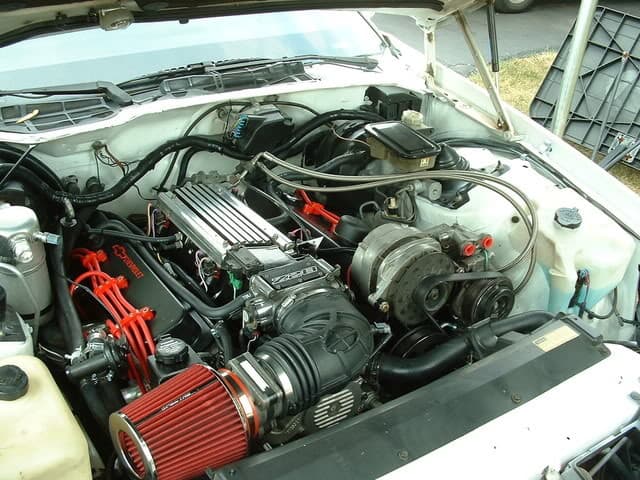
There were a few different versions of the LT1. All feature a cast iron block, with aluminum heads in the Y and F bodies, and cast iron heads in the B and D bodies. Corvette blocks had four-bolt main caps, while most other blocks were two-bolt main caps. Block castings remained the same between 2 and 4 bolt mains.
LT1 Applications:
The LT1 was used in many various applications, from factory high-performance machines to cop cars
| Y–Body | 1992–1996 Chevrolet Corvette |
| F–Body | 1993–1997 Chevrolet Camaro Z28, B4C, and SS 1993–1997 Pontiac Firebird Formula and Trans Am |
| B–Body | 1994–1996 Buick Roadmaster and Roadmaster Wagon 1994–1996 Chevrolet Caprice, Caprice Wagon, and Caprice Police Package 1994–1996 Chevrolet Impala SS |
| D–Body | 1994–1996 Cadillac Fleetwood |
LT4 Applications:
The LT4 had a short run and was available in the following vehicles:
| 1996 Chevrolet Corvette | when equipped with a 6-speed manual transmission, including all Grand Sports (6,359 produced) |
| 1997 Chevrolet Camaro | SLP/LT4 SS 6-speed (100 pro- duced) |
| 1997 Pontiac Firebird | SLP/LT4 Firehawk 6-speed (29 produced) |
Identifying the LT1 Engine With a VIN Number
Currently there are five LT engines, including the LT-based EcoTec3 truck engines: LT1, LT4, L83, L8B, and L86.
| 8th number in VIN | RPO code | Displacement | Common name |
| 7 | LT1 | 6.2 L | LT1 |
| 6 | LT4 | 6.2 L | LT4 (supercharged) |
| C | L83 | 5.3 L | EcoTec3 5.3L |
| R | L8B | 5.3 L | EcoTec3 5.3L (with eAssist) |
| J | L86 | 6.2 L | EcoTec3 6.2L |
When you find these at a pick and pull they don’t appear to be anything special. When you see one in a truck at a car show thats polished up with headers and lots of chrome they become a pretty special engine.
Why is the GM LT1 Engine So Popular?
TheLT1 is revered by builders because of their low price and because they are easy to find in wrecking yards. They make good horsepower stock and can be built up to pretty high horespower for not a lot of money.
In a dynamometer test conducted by Super Chevy comparing a 1970 LT-1 and a 1996 LT1, the old motor produced 353 hp at 5,600 rpm and 392 lb⋅ft of torque at 4,100 rpm, while the new motor produced 350 hp at 5,700 rpm and 379 lb⋅ft of torque at 3,800 rpm.
When a stock motor that you can pull at a wrecking yard for a few hundred dollars produces 350 horsepower, it makes it a great option for a truck project, especially when the stock motor you pulled out may have had 160 horsepower if you were lucky.
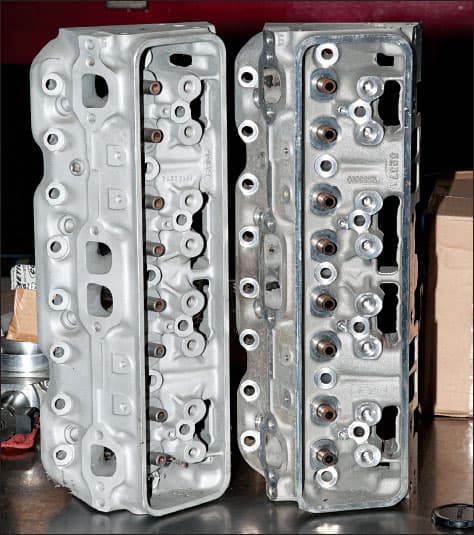
Final Thoughts
You just have to do a little scraping and brushing to find your block identification numbers. Then pull a valve cover and double check to be sure. In reading on forums during my research there are a few disappointed people as they took home what they thought was the LT1 but it turned out to be the baby brother that looks just like it but is only 265 cubic inches and is called the L99.
It will pay to get dirty and find out what you have for sure before you install your motor so you don’t ever have to wonder why it’s so gutless. Happy Trucking!
The Tool Box
If you are getting to the point where I am– where you would just like to start over with your socket set– here is a really nice set of Craftsman tools.

This is another area of my tool box that could really use an upgrade.
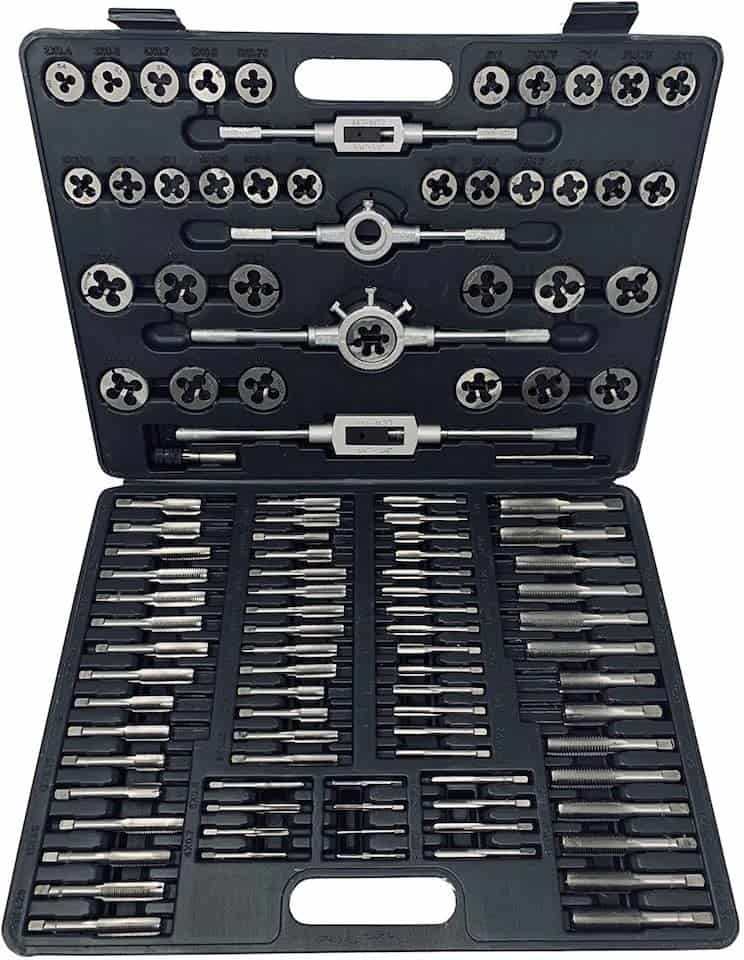
Related Topics
What transmission is good behind the LT1? To me if you want an automatic transmission, the one that comes with an LT1, the 4L60E, is the only choice. It’s a computerized transmission that’s controlled by the engine computer. The T56 six speed manual was an option that came with these motors so it is also a good choice.
What does the LT1 engine weigh compared to the LS1? The LT1 is listed at 531 pounds and the LS1 is listed at 430 pounds.The LT1 is made primarily of cast iron while the LS1 is built with aluminum heads and an aluminum block which makes it much lighter.
Sources: wikipedia
Cottrell, Myron and McClellan,Eric “How to Build Max-Performance Chevy LT1/LT4 Engines” 2012
Read about the differences between a big block and a small block engine in this post

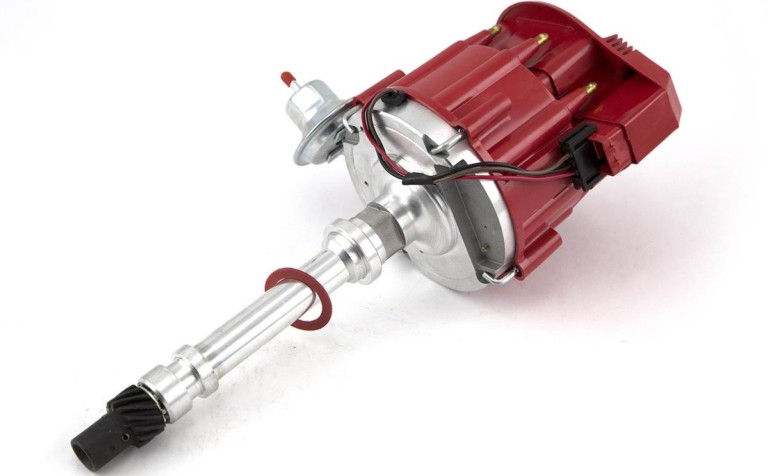
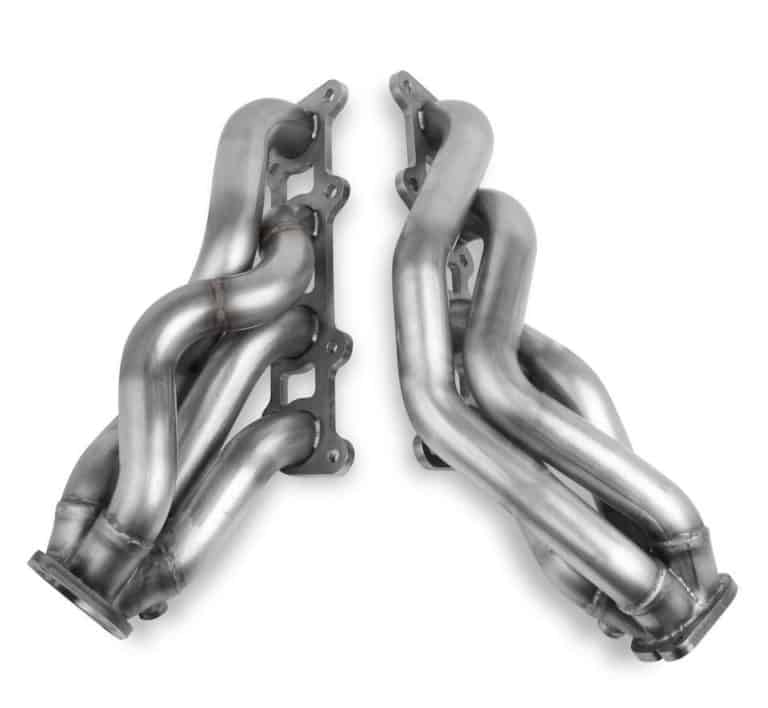



One Comment
Comments are closed.